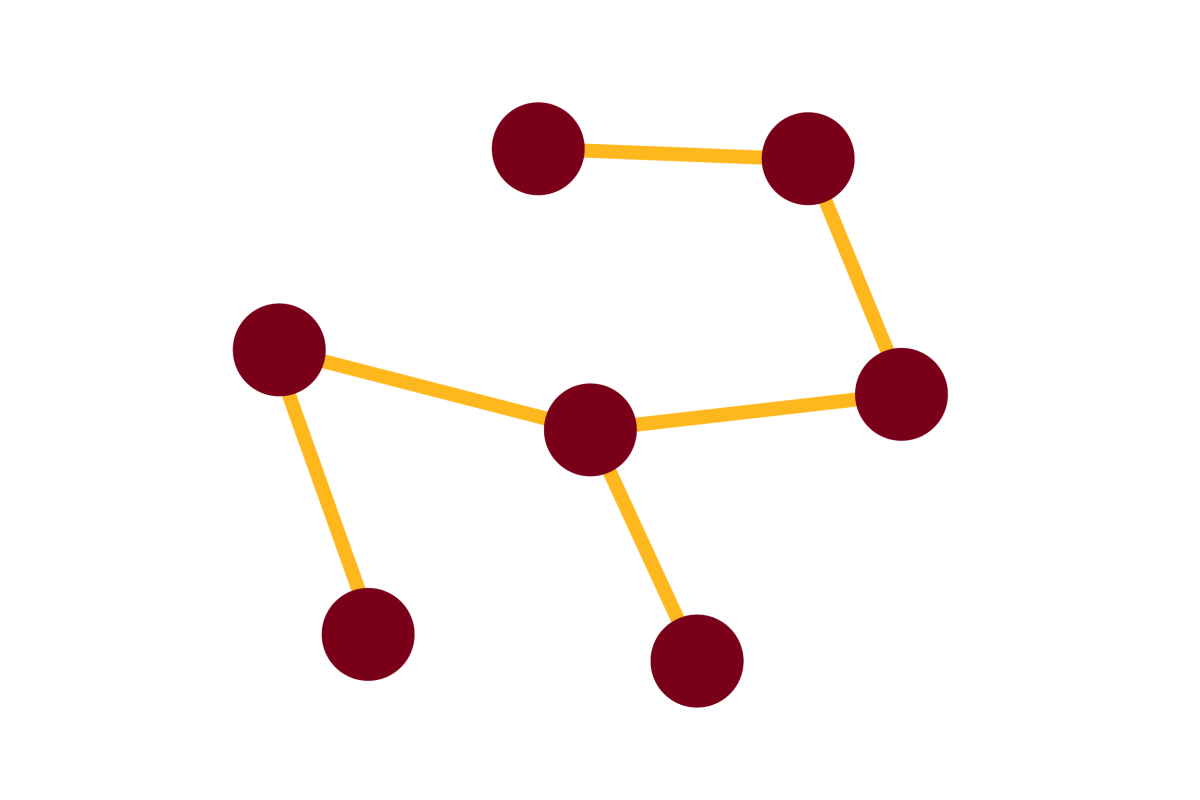Machine learning and statistical methods for clustering single-cell RNA-sequencing data [journal]

Journal
Briefings in Bioinformatics - July 2020
Authors
Raphael Petegrosso (Ph.D. 2019), Zhuliu Li (Ph.D. student), Rui Kuang (associate professor)
Abstract
Single-cell RNA sequencing (scRNA-seq) technologies have enabled the large-scale whole-transcriptome profiling of each individual single cell in a cell population. A core analysis of the scRNA-seq transcriptome profiles is to cluster the single cells to reveal cell subtypes and infer cell lineages based on the relations among the cells. This article reviews the machine learning and statistical methods for clustering scRNA-seq transcriptomes developed in the past few years. The review focuses on how conventional clustering techniques such as hierarchical clustering, graph-based clustering, mixture models, k-means, ensemble learning, neural networks and density-based clustering are modified or customized to tackle the unique challenges in scRNA-seq data analysis, such as the dropout of low-expression genes, low and uneven read coverage of transcripts, highly variable total mRNAs from single cells and ambiguous cell markers in the presence of technical biases and irrelevant confounding biological variations. We review how cell-specific normalization, the imputation of dropouts and dimension reduction methods can be applied with new statistical or optimization strategies to improve the clustering of single cells. We will also introduce those more advanced approaches to cluster scRNA-seq transcriptomes in time series data and multiple cell populations and to detect rare cell types. Several software packages developed to support the cluster analysis of scRNA-seq data are also reviewed and experimentally compared to evaluate their performance and efficiency. Finally, we conclude with useful observations and possible future directions in scRNA-seq data analytics.
Link to full paper
Machine learning and statistical methods for clustering single-cell RNA-sequencing data
Keywords
bioinformatics, computational biology